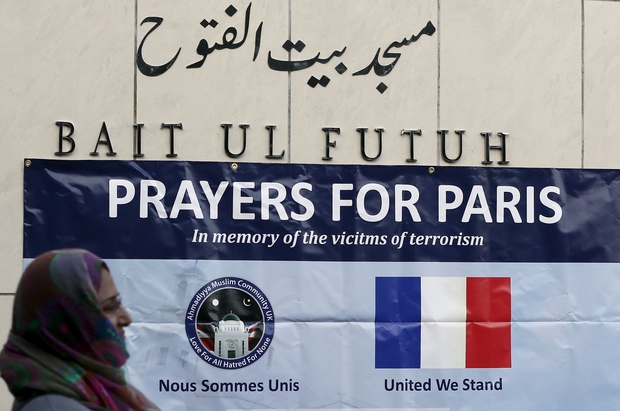In August 2016, six teenage boys were arrested in Harlow, Essex, after Polish immigrant Arkadiusz Jóźwik died following a brutal street attack which his brother said began after he was heard speaking Polish on the street. The decision to leave the EU in some cases emboldened people to express their feelings of hate and “legitimised” the prejudice that they had by empowering them to express and verbalise those feelings.
As part of hate crime awareness week, I was in Parliament this week to discuss the impact of such hate crimes upon non-Muslim British men and the rise in trigger events that lead to an escalation of violence against them. Research has shown that victims of hate crime internalise the experience, so much so that it becomes “normalised”. The types of hate they experienced included being targeted in public spaces such as shopping centres, on the train and in car parks. Amit, a hate crime victim, told us that: “This week, I went to the supermarket and I was verbally abused in the car park. In another incident, I was on the train, and I was working on my laptop. Another passenger told me to get off the train as I was using my laptop suspiciously. I switched off my laptop and got off at the next stop to calm down the situation. The worst part is that no one tried to intervene.”
Interestingly, participants also noted how their appearance also acted as a trigger for the types of hate and abuse they suffered. For example, if they were perceived to look “like a Muslim” because they had a beard, then they were more likely to be verbally abused and called a “traitor” and a “terrorist”. Dwayne, another victim, spoke about the experience of hate he had to deal with. “It’s happened to me ever since I grew a beard. I’m not a Muslim but people stare at me because they think I am. After the Woolwich terrorist attack, people kept giving me looks, even the bus drivers stared at me. I sat down on the bus, there are actually people who need a seat but they never sit next to me.”
Hate crimes are not solely committed by verbal or physical abuse directed against the victim. In some cases hate crimes can target someone by vandalising their property with racist graffiti because the perpetrators believe the victims are Muslim. For example, Aftab, another victim, stated that: “We moved to this area, and we went to introduce ourselves to the neighbours and they said: ‘Oh, we had another Muslim family before you and we drove them out.’ We were totally shocked.”
Research data illustrates that the nature of Islamophobia can have emotional, psychological, behavioural, physical and financial consequences when experiencing anti-Muslim hate crime. For example, we found that many individuals reported that they suffered anxiety, depression, physical illness, loss of income and employment. Specifically, experiences of anti-Muslim hate crime had provoked feelings of insecurity, vulnerability and anxiety amongst participants. They unanimously reported feeling fearful for their personal safety in public, as indicated in the following comments. Jayesh, a victim of hate crime, stated that he was living in fear of being targeted because of his perceived Muslim identity. “We live in fear every day. We face abuse and intimidation daily but we should not have to endure this abuse.”
Clearly, participants feared for their safety although this sense of vulnerability depended upon the geographical area in which they were located. For example, participants explained that they felt safer in diverse cities. In contrast, in less diverse areas, the sense of vulnerability as well as the risk of attack was perceived to be significantly higher. As a result, participants argued that they avoided mixing with individuals who were not familiar with “difference”.
Source: http://www.middleeasteye.net/columns/giving-voice-voiceless-invisible-vi…
